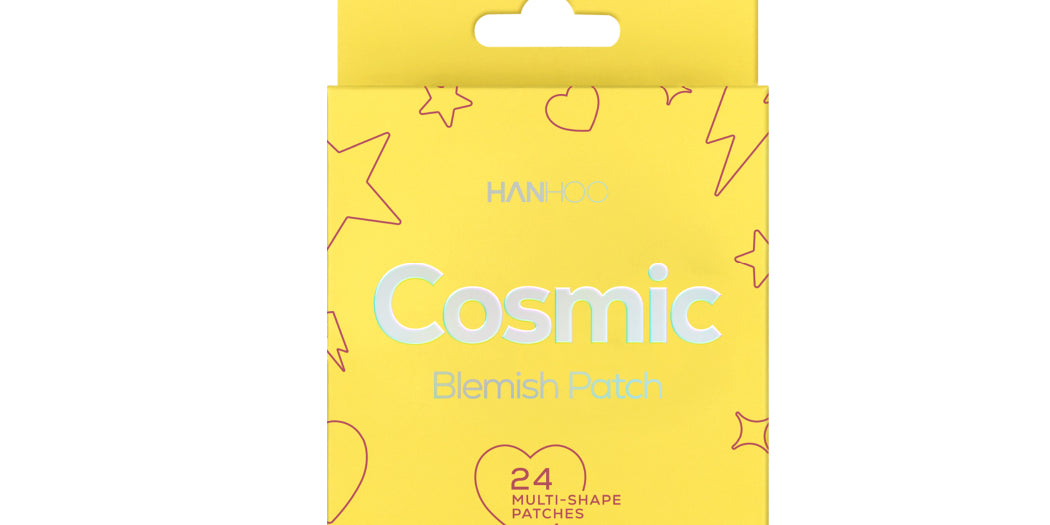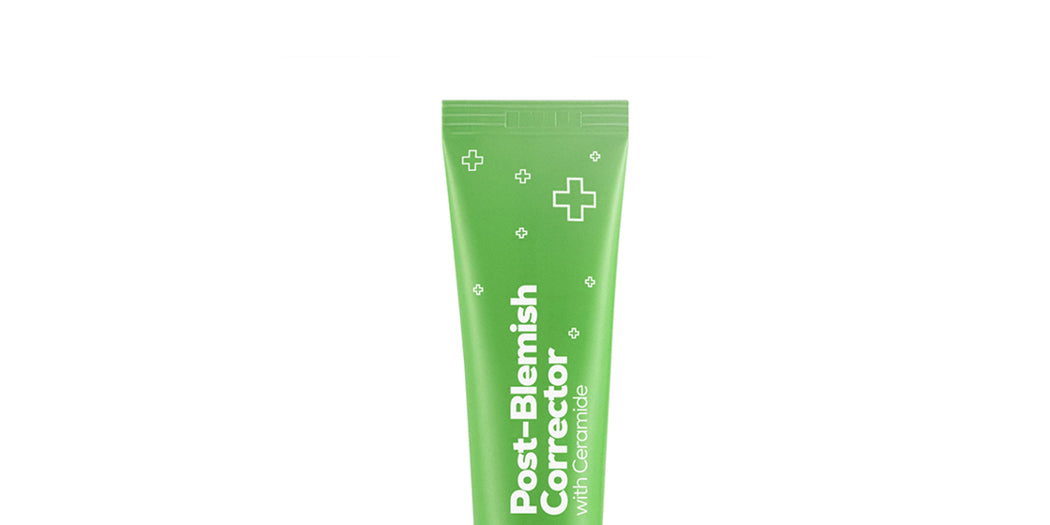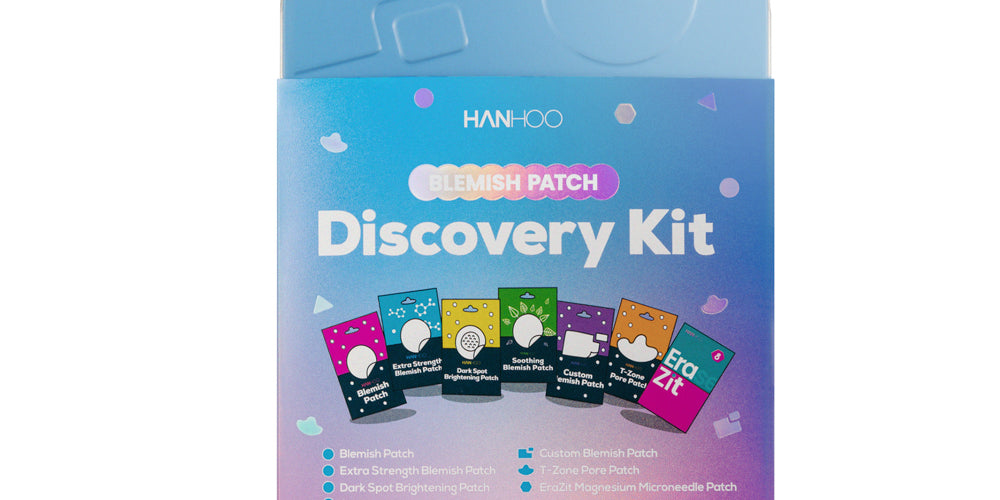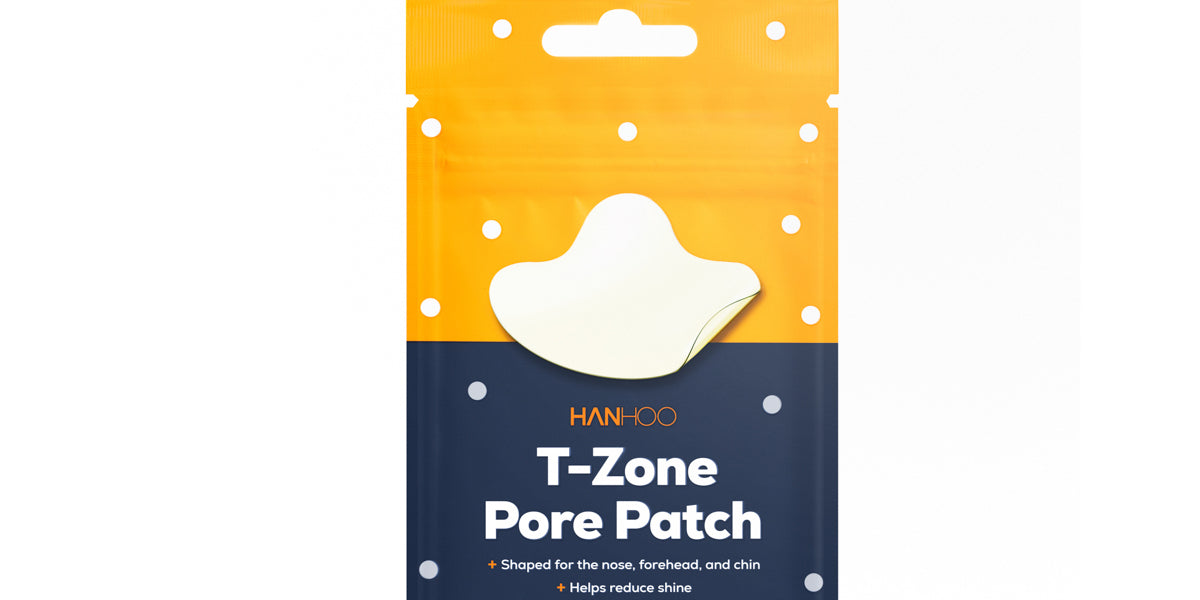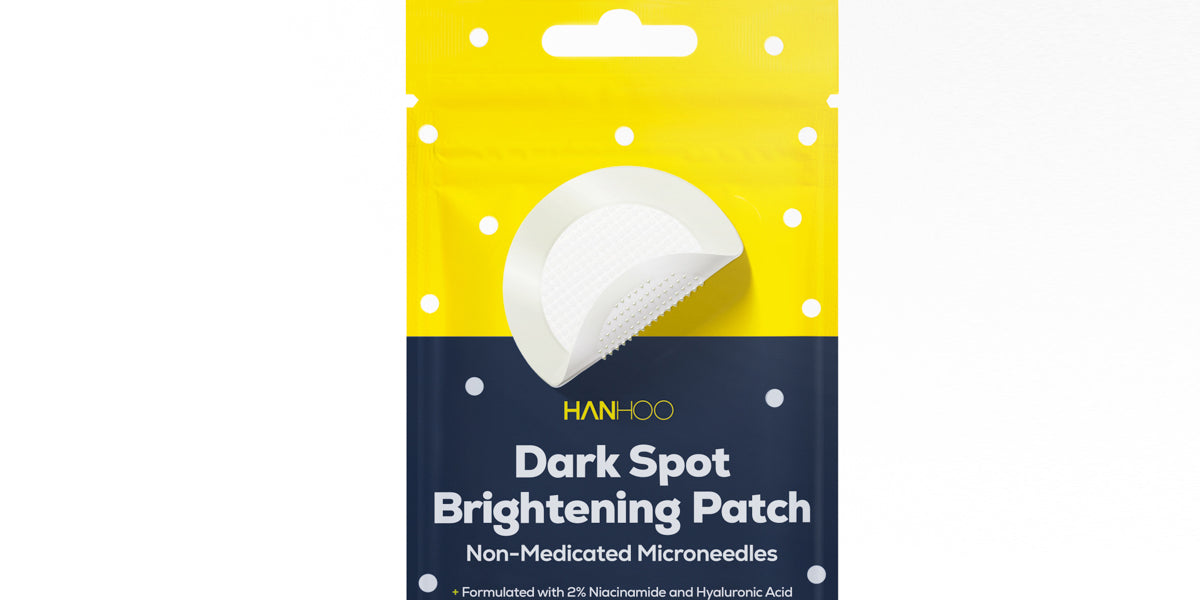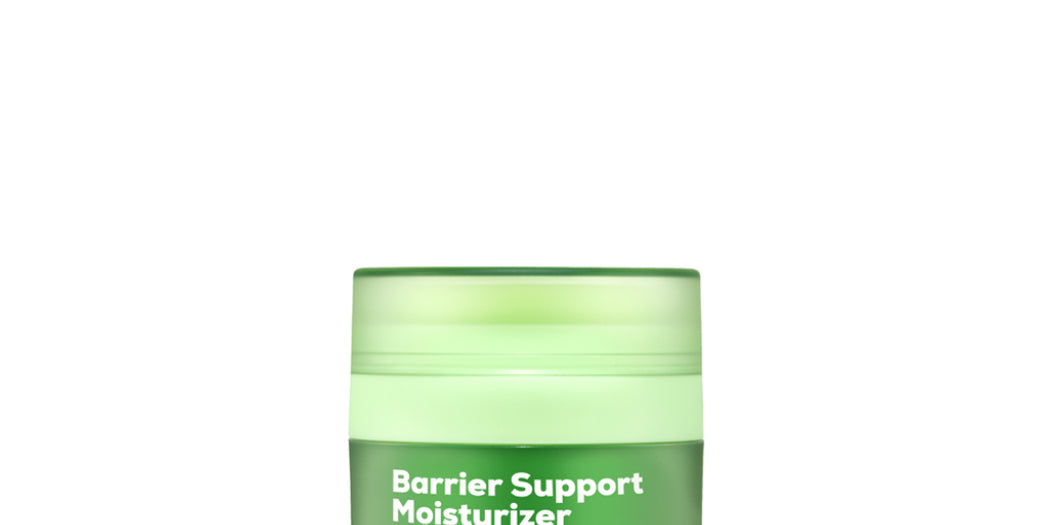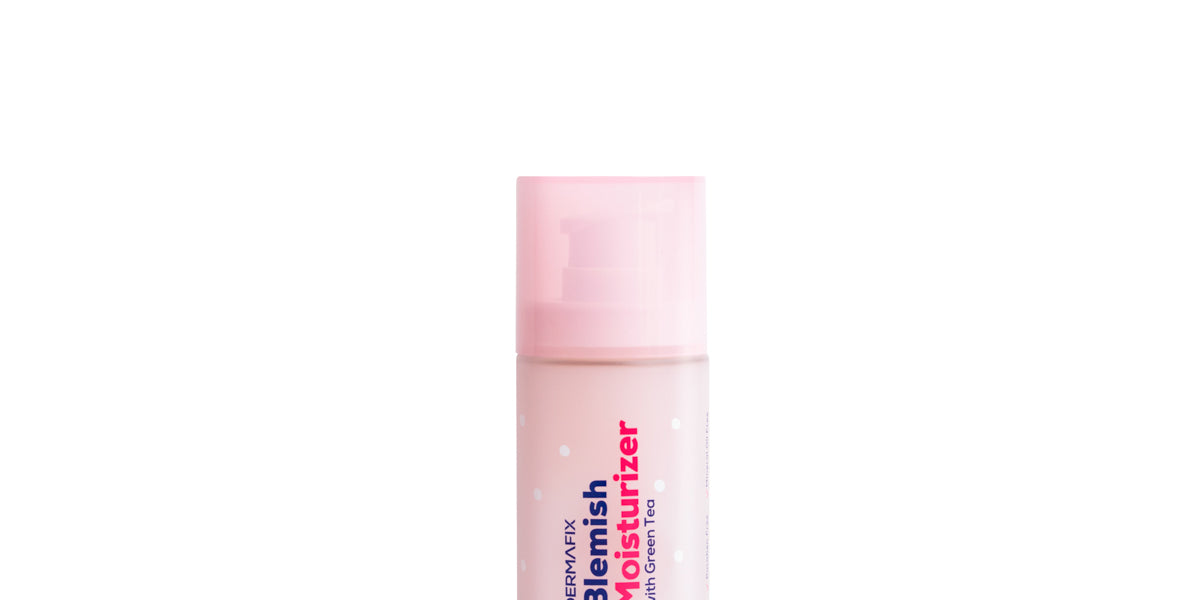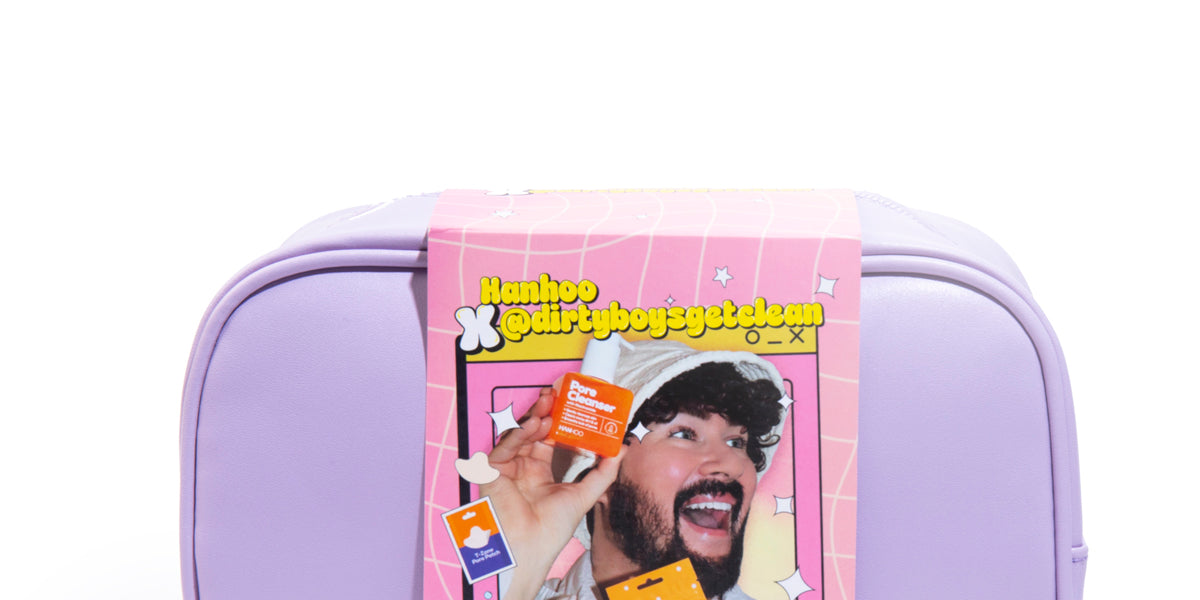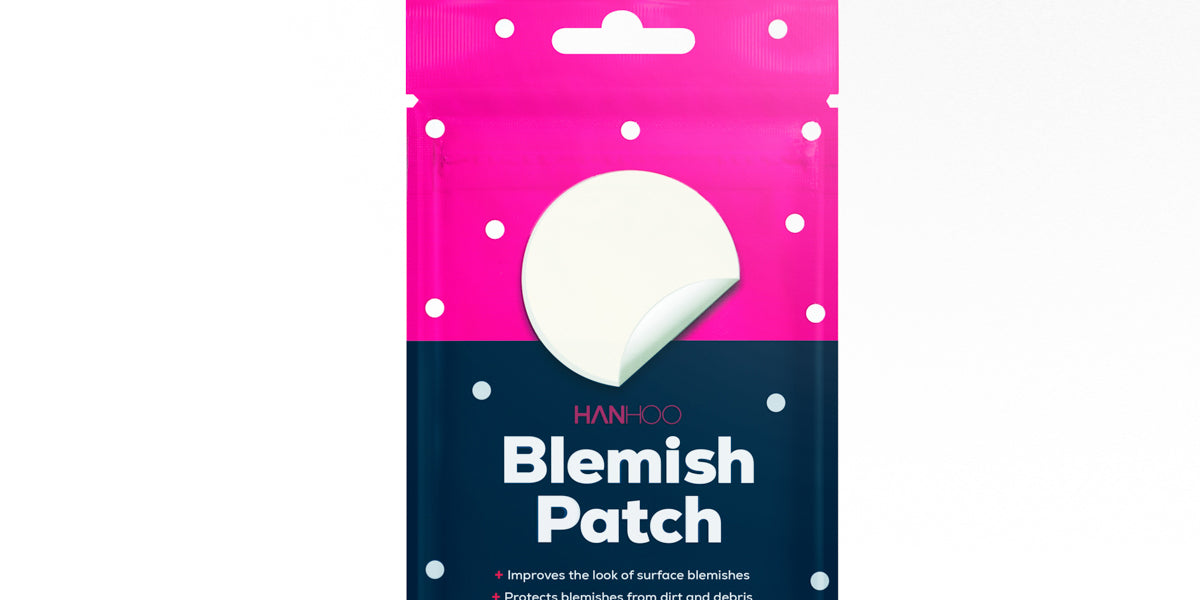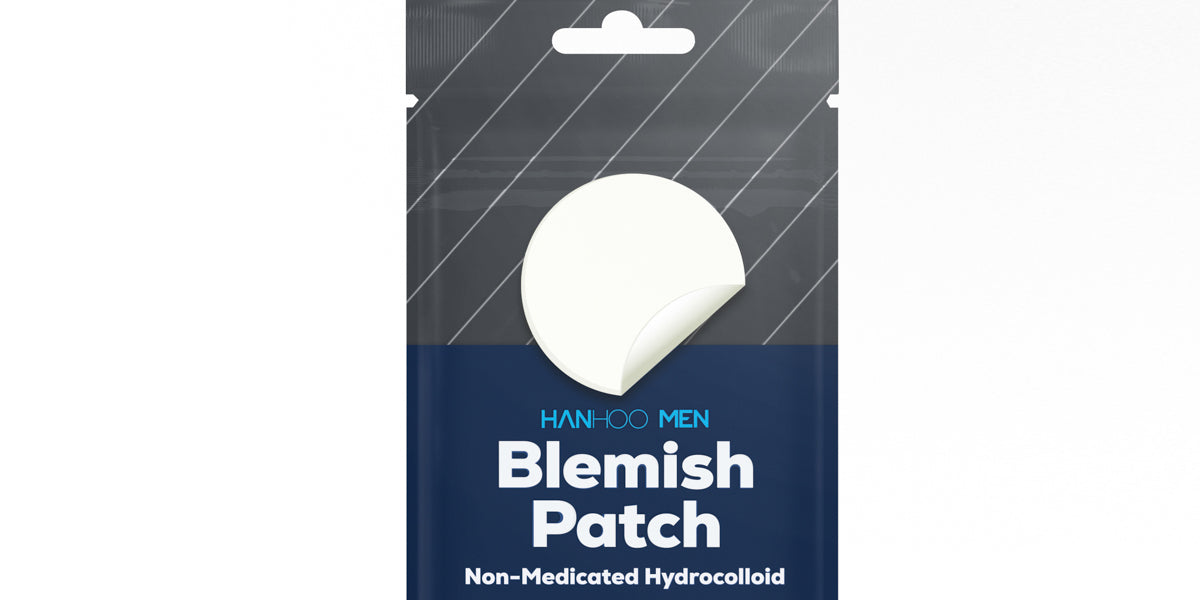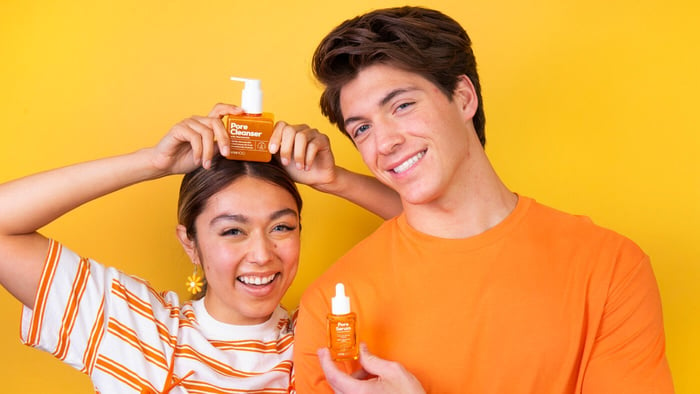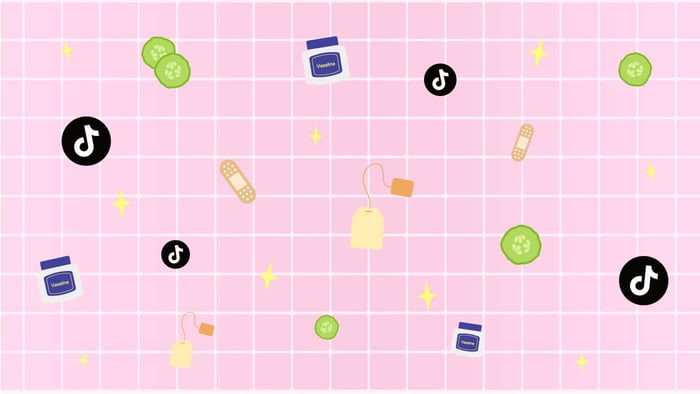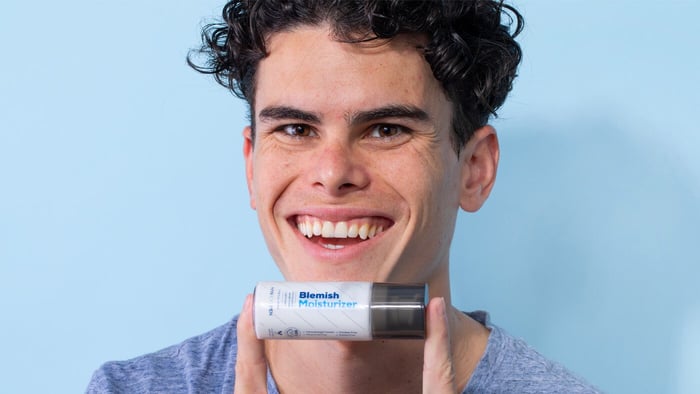Skin cycling has been a buzzy trend in the skincare community for quite a while now. And while there are tons of skincare trends popping up from socials, skin cycling may actually be one of the more legitimate trends to try out.
The whole concept for skin cycling is to take a skin reparative approach to your daily routine. It typically involves alternating your stronger skincare products on different nights to avoid over-sensitizing your skin.
For example, if you use exfoliants and retinoids, then under a skin cycling routine you would typically use your exfoliant on one night and the retinoid on another night and incorporate hydrating and repairing products to keep your skin balanced.
This type of routine can be especially beneficial if you have exhausted your skin from using too many active ingredients.
How to skin cycle
So, first off the skin cycling trend applies specifically to your nighttime skincare routine. For the most part your morning routine should consist of the same basics each day, including a cleanser, moisturizer, and sunscreen.

Night 1:
To kick off your skin cycling routine, night one is reserved for your exfoliant. Start with your usual cleanser(s) then apply the leave-on exfoliant to clean, dry skin followed by your usual moisturizer. Exfoliants contain some stronger ingredients like AHAs, BHAs, and/or fruit enzymes to help slough off the dead skin and excess oil sitting on the surface of your skin.
The type of exfoliant you use also depends on your skin type. If you have sensitive skin then you may want to stick to lower concentrations of AHAs and BHAs to avoid triggering your skin. Always check out the label of your products to make sure your skin can tolerate the ingredients included.
Our newest Pore Serum contains Niacinamide as the star ingredient but is also made with Salicylic and Glycolic Acid (in low concentrations) to help gently exfoliate the skin.
Night 2:
Night two will be your retinoid night. Start again by cleansing the skin, then applying a pea-sized amount of the retinoid. Pro-tip: Apply a small amount of a protective ointment like Aquaphor on the corners of the lips, nose, and eyes before applying your retinoids to protect those more sensitive areas.
There are lots of different retinoids on the market all for concerns including: fine lines, wrinkles, acne, uneven tone, etc. So you can choose the type of retinoid you want to use according to your main skin concern.
Night 3 & 4:
Nights three and four are dedicated to the skin recovery portion of a skin cycling routine. For these two nights you’ll want to apply your hydrating and repairing treatments. These types of treatments will help the skin recover and boost the skin barrier to better help prevent dryness and redness.
Typical skin barrier-boosting products will have nourishing, hydrating ingredients like: Hyaluronic Acid, Ceramides, Peptides, Glycerin, Panthenol, etc. These ingredients help restore the barrier and bring back hydration to the skin.
Usually, barrier repairing products come in the form of serums and/or moisturizers. So after cleansing, on damp skin apply your barrier products and seal it with your moisturizer as the final step.
Should you try skin cycling?
Now that you know the basics of skin cycling it can be beneficial to try it especially if you struggle with incorporating actives into your routine. You can slowly introduce products like exfoliants and retinoids into your routine via this method.
And, if you go through any rough patches in your routine, especially due to stronger products, then you can also look into trying out skin cycling. The recovery days of skin cycling can be super helpful if you struggle to acclimate your skin to your actives.
Lastly, your skin type is a huge determining factor in trying out any type of skin care routine. Always consider what your skin needs and what it doesn’t like when trying out a new routine.

